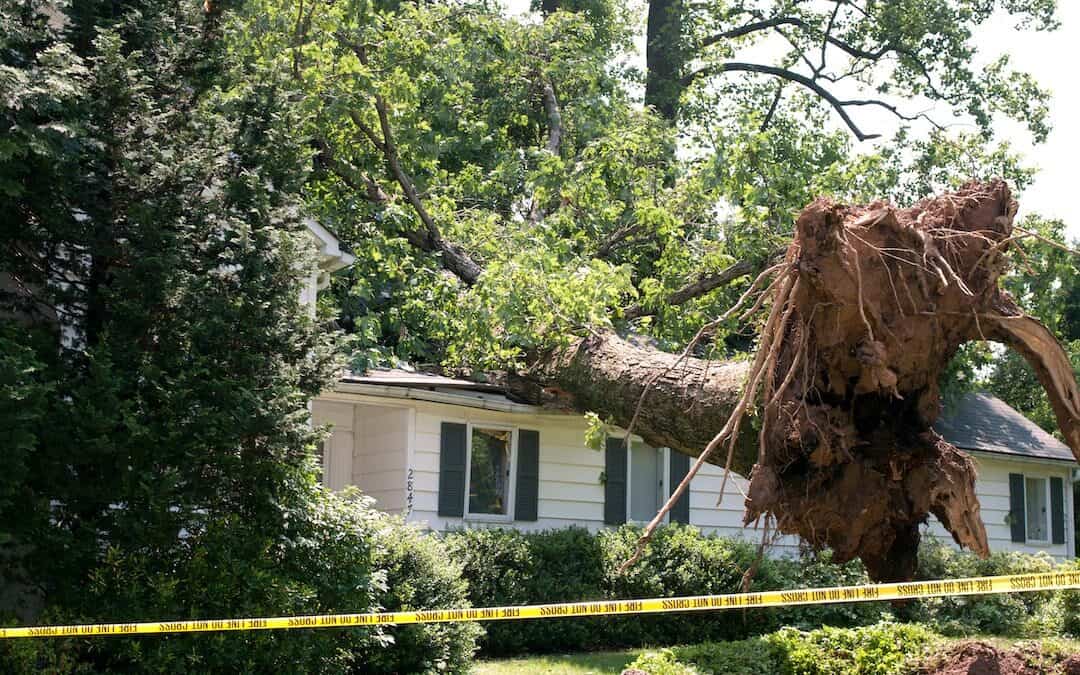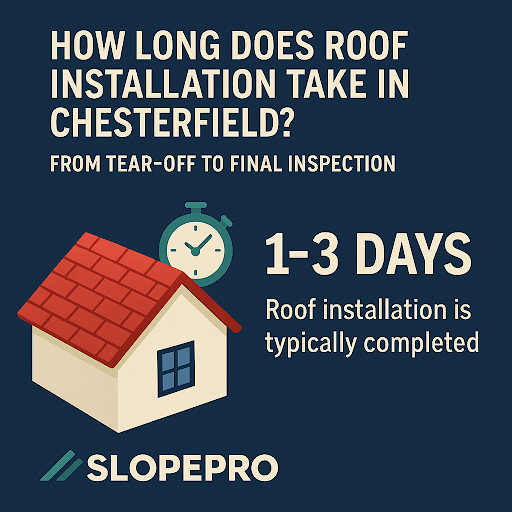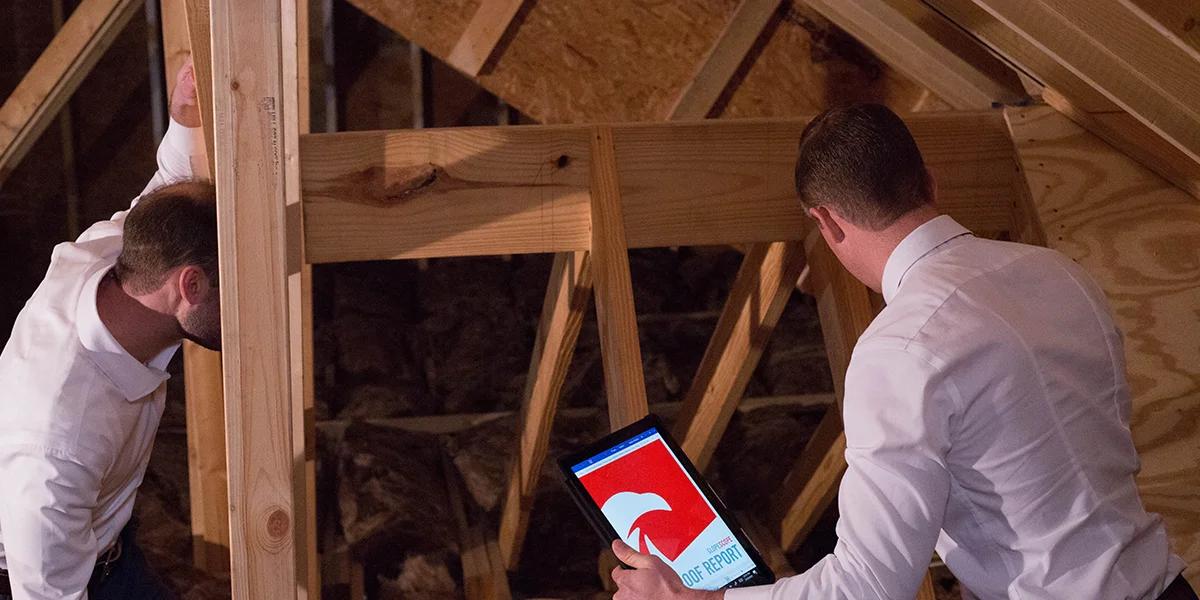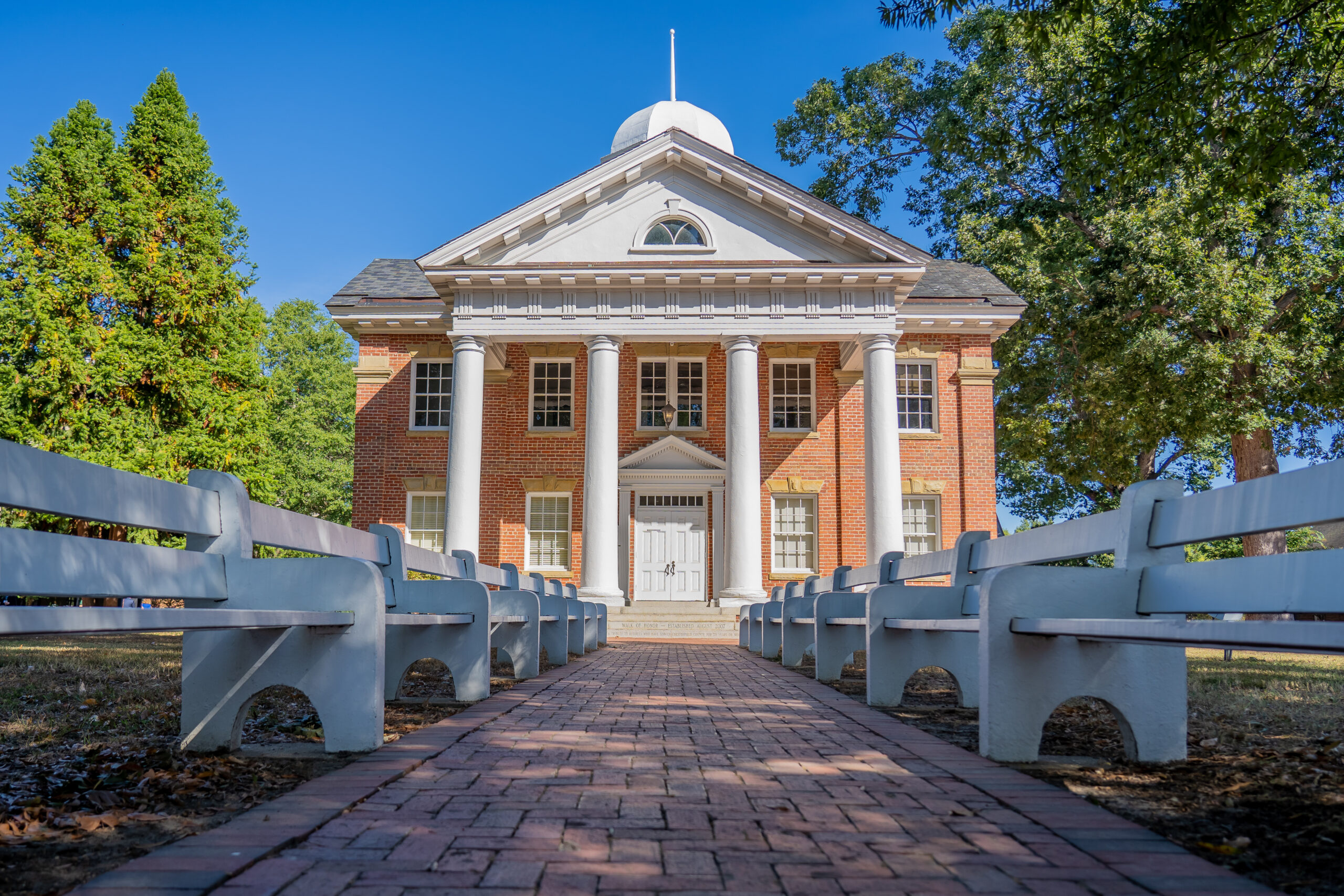When a tree falls on your roof, it can be a stressful and dangerous situation for the entire family. But, despite the chaos, it is important to act quickly and safely to protect yourself and your property. In this blog, we will discuss what to do if a tree falls on your roof, from assessing the damage to filing an insurance claim. We will also cover steps you can take to prevent a similar incident from happening again.
1) Evacuate Your Home & Get to Safety
The first step you should take if a tree falls on your roof is to evacuate and get to safety. This is the best course of action to protect yourself and anyone else in the area from potential injury.
By evacuating the home, you’ll be able to assess the severity of the damage and whether it’s safe to assess at a close distance or not.
Do not attempt to climb on the roof or walk under the tree until the area has been assessed!
2) Assess the Damage & Potentially Call 911
As you walk the perimeter of your home, check to see if the fallen tree has damaged any power lines. You should call the electric company if lines are down or there’s a power outage. If there’s smoke or fire, report it to 911 immediately.
If the fallen tree or resulting damage has potentially interfered with gas lines turn off the gas line so long as it’s safe to do so.
3) Document the Damage Thoroughly
If a tree has fallen on your roof, it is important to file an insurance claim as soon as possible. To do this, you will need to collect evidence and document the damage.
- Take pictures of the fallen roof and any other damage caused by the incident. This will be important for the insurance company to assess the extent of the damage.
- Document any other evidence related to the incident such as tree branches, debris, or other materials that may have contributed to the damage.
- Contact your insurance provider and report the incident. Provide them with all the evidence you have collected and answer any questions they may have.
- Contact a roofing contractor to assess the damage and provide an estimate for repairs. The insurance company may require this before they can approve the claim.
- Submit the claim to your insurance company. Include all the evidence you have gathered and the estimate from the roofing contractor.
- Contact a tree removal company to remove the fallen tree and debris.
- Follow up with your insurance company and make sure the claim is being processed.
Filing an insurance claim if a roof has fallen on your roof can be a complicated and time-consuming process. However, it is important to take the necessary steps in order to protect your property and get the compensation you deserve.
4) Call a Roofing Pro
It is important to call a roofing company after a tree has fallen on your roof because they can assess the damage and provide an estimate of the repair costs. A roofing contractor has the training and experience to identify any structural damage and determine what needs to be done to repair the roof.
When assessing the damage, a roofing contractor will look for any missing or damaged shingles, leaks, or other signs of damage. They will also check for any structural damage and any debris or other materials that may have contributed to the damage. In addition, they will inspect the surrounding area to make sure there is no additional damage to the home.
Depending on the extent of the damage, a roofing contractor may need several hours to complete their assessment.
5) Prevent Future Fallen Tree Damage
Once your roof has been repaired, consider ways to prevent a similar incident from happening again. This may include removing any dead or overhanging branches, trimming trees away from your roof, and using cables or braces to keep trees away from your home.
Some other steps you can take include:
- Plant trees away from your home. Plant trees at least 15 feet away from your home and any other structures.
- Prune your trees regularly. Prune away dead or weak branches, as well as any branches that could come into contact with your home.
- Check the roots of your trees regularly. Check for signs of instability around the base of the tree, such as leaning trunks, exposed roots, or cracks in the soil.
- Install lightning protection. If a tree is tall enough to be struck by lightning, consider installing a lightning protection system. This can reduce the risk of the tree being struck and falling onto your home.
- Anchor your trees. If a tree is particularly large or old, consider anchoring it to the ground with cables or straps. This can help to keep it upright and prevent it from falling.
- Consult a professional arborist. A professional arborist can assess the health and condition of your trees and provide advice on their care and maintenance.
In Summary
Dealing with a fallen tree is stressful, there’s no doubt about it. But you can lessen the headache by learning what to do and how to protect yourself and your property. This includes knowing which Georgia or Virginia roofing contractor to call.
For over three generations, our SlopePro has dealt with every type of roof damage from storms including fallen trees. We know the pressure insurance companies put on homeowners to fix the issue quickly. That’s why our team emphasizes clear and consistent communication, as well as straightforward estimates. We want to equip homeowners with the necessary information to make significant decisions about their homes, quickly and confidently.
If you need roof repair or roof replacement services, contact us today.




